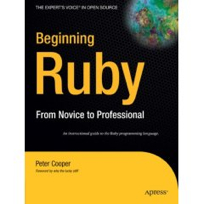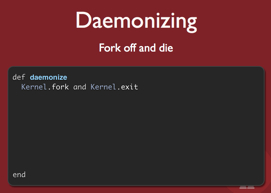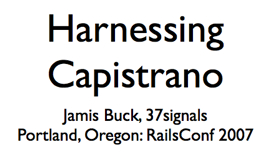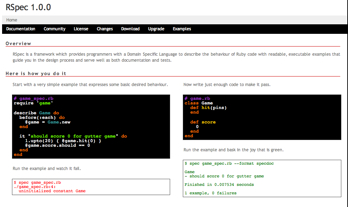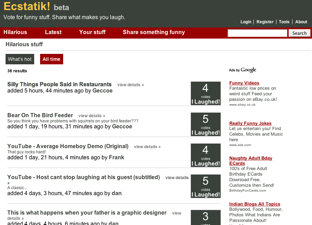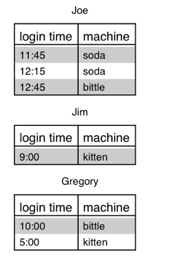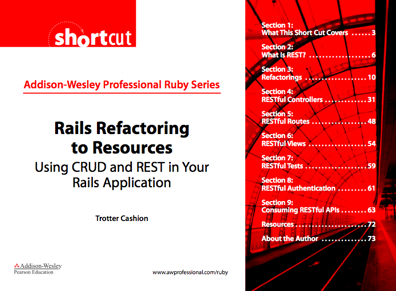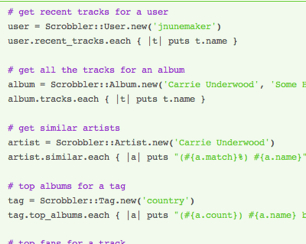Looking at the stats from the Ruby Inside Job Board, the best position, so far, got 114 applicants from Ruby Inside readers. Wow! So if you want your job to be seen by thousands of hardcore Ruby and Rails developers, consider posting. Only one new job made it to the Ruby Inside Job Board in May, but it’s a good one!
Affinity Labs is looking for a Rails developer to work in downtown San Francisco with competitive pay, stock options, health and dental cover, etc. Ideally they’re hoping for a strong knowledge of Ruby, Rails, ERB, AJAX, RJS, YAML, REST and Capistrano.. Read More


